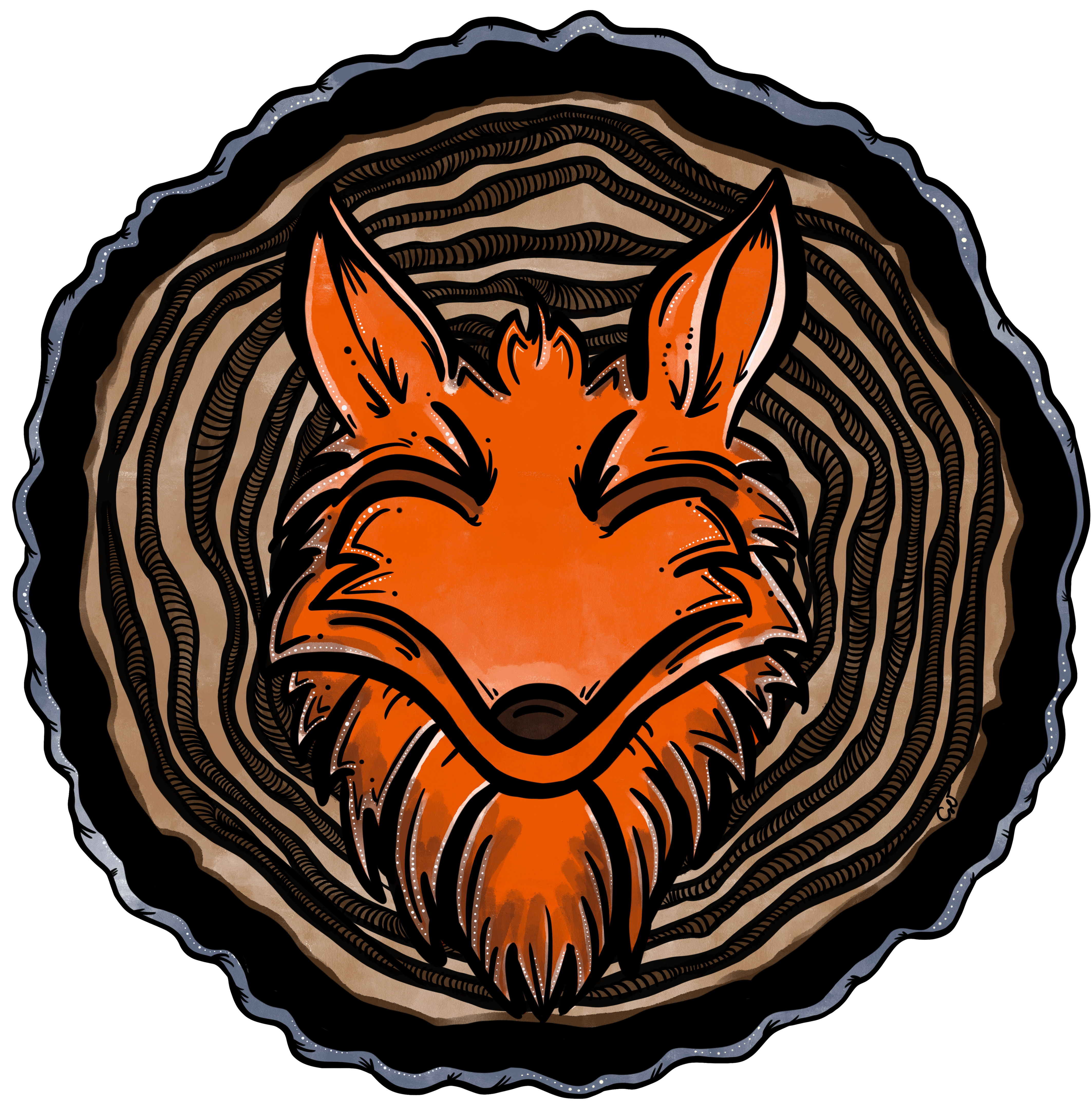The History and Significance of Wood Inlay in Rings
Wood inlay has been a traditional technique used for centuries to enhance the beauty and significance of rings. The process involves embedding thin strips or pieces of wood into a groove or recess in the ring, creating intricate patterns and designs. From ancient civilizations to modern times, wood inlay has held a special place in the world of jewelry, symbolizing artistry, craftsmanship, and a deep connection with nature. This blog post will delve into the history and significance of wood inlay in rings, exploring its cultural roots, techniques, and enduring appeal.
Ancient Origins
The art of wood inlay dates back thousands of years. Ancient Egyptian and Mesopotamian civilizations were among the first to incorporate wood inlay into their jewelry. Intricate wooden patterns were carefully carved and set into precious metals, creating unique and striking designs. These early artisans valued the natural beauty of wood and sought to combine it with the durability and elegance of metal.
Cultural Significance
Throughout history, different cultures have attributed various meanings to wood inlay in rings. In some societies, wood symbolized fertility, growth, and the cyclical nature of life. It represented the connection between humans and the natural world, reminding wearers of their place within the larger ecosystem. In other cultures, specific types of wood held religious or spiritual significance, associated with gods, ancestors, or sacred rituals.
Techniques and Materials
The art of wood inlay requires exceptional skill and precision. Craftsmen carefully select different types of wood, each with its unique color, grain pattern, and symbolism. Common woods used in ring inlays include ebony, rosewood, koa, maple, and sandalwood. These woods are cut into thin strips or shaped into small pieces and then meticulously set into channels or recesses in the ring. The wood is often combined with other materials like metal, gemstones, or resin to create a captivating contrast and enhance the overall design.
Modern Applications
Wood inlay has experienced a resurgence in popularity in recent years, as artisans and jewelry designers explore new ways to incorporate natural elements into contemporary pieces. Modern technology, such as laser cutting and 3D printing, has expanded the possibilities for intricate and precise wood inlay designs. Customization has also become a significant trend, allowing individuals to choose specific woods or even incorporate sentimental elements like reclaimed wood or heirloom pieces.
Symbolism and Personal Connection
The significance of wood inlay goes beyond aesthetics; it often carries personal meaning for the wearer. A wood inlay ring can represent a connection to a specific place, such as the wood from a childhood home or a beloved natural landscape. It can symbolize a personal journey, reminding the wearer of their growth, resilience, and the lessons learned along the way. Wood inlay rings have also become popular choices for eco-conscious individuals, as they highlight sustainable materials and a commitment to preserving the environment.
Conclusion
Wood inlay has a rich and storied history in the world of jewelry, dating back to ancient civilizations. The technique's cultural significance, meticulous craftsmanship, and connection with nature make wood inlay rings truly special and meaningful. As contemporary artisans continue to push boundaries and explore innovative designs, wood inlay remains a timeless and captivating choice for those seeking a unique and symbolic piece of jewelry.
